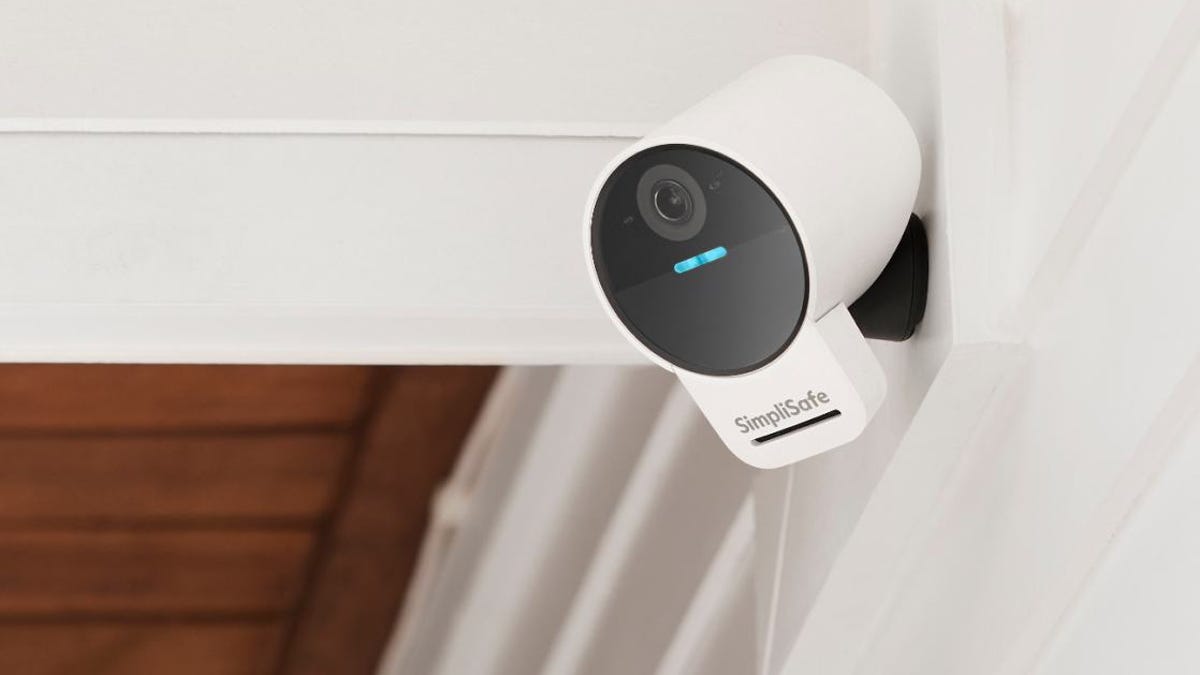Eufy’s cam can keep an eye on large spaces.
Resolution
For cameras that take a broad view, a higher resolution is important to help spot the details of faces and give face recognition more data to work with. But if your camera is up close and personal, like watching over an entrance, resolution isn’t quite as important as people approach. Most of our picks fall in the 1080p range, which should be fine for midrange detection. Eufy’s option is 4K for more reach.
Night vision
Facial recognition isn’t much good if it doesn’t work in the dark. Night vision is an important part of these cameras, unless they’re intended only to work in well-lit rooms.
Subscriptions
Face recognition is a trendy feature, and most security brands have placed it behind a paywall. If you want face profiles as part of your home security, you’ll probably have to pay a monthly fee, ranging from $8 to $20 depending on the brand. Lower fees are, of course, ideal.
Two-way audio
When the system recognizes a face, it’s nice to have the ability to enter a two-way chat and talk to the person. The same is also true if a stranger appears. Two-way audio is a common part of home cameras that allow for remote monitoring and management, and fits in very well with face recognition. But note that it’s not always necessary: SimpliSafe, for example, offers a service where guards are only alerted if a stranger’s face appears, so they can take a closer look.
Smart home integration
Always try to find a camera that works with your preferred voice assistant or that can integrate with your existing security systems or smart platform. Google and Alexa support are common, but Apple/Siri support is currently difficult to find for cams.
Field of view
Field of view isn’t quite as important for cameras that identify people’s faces, but it’s still a consideration if you want to cover as much ground as possible. As a rule when buying, it’s good to look for a field of view around 130 degrees or beyond. Video doorbells don’t need quite as much reach, but we’re seeing them adopt larger views as well.
